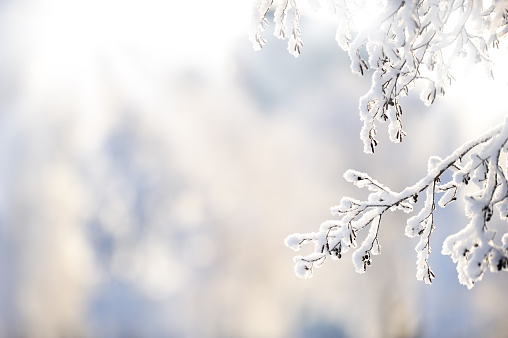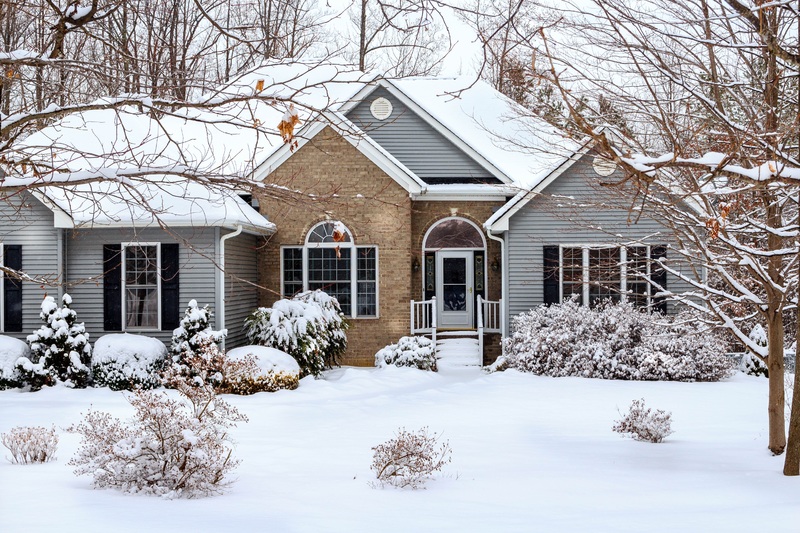
The winter season is rapidly approaching and with it comes storms, ice, and rapid temperature fluctuations above and below zero which take their toll on trees all across the country. Especially for species that are native to the closer regions, this can be a stressful time, particularly for exposed and isolated trees of the residential landscape. Now, unfortunately, some of the stress is unavoidable as the typical tree owner has no control of the climate. Luckily, there are ways to minimize the damage caused by the winter. So, here are some tips to care for your trees and shrubs during the winter season.
Cold Stress
Now, cold stresses can take on a plethora of forms with the first being the effect on mature trees with the rapid change between daytime heat and nighttime freezing. These temperature variations can lead to stresses within the tree between the outer bark and inner wood. This leads to cracks that are known as frost cracking. Unfortunately, in most situations, there is little that can be done to prevent frost cracking. The tree is actually able to repair itself even though the cracked area will remain vulnerable to subsequent cracking at the same place causing further major damage. Now, you may want to consider wrapping the bark with tree blankets to help this cause.
Winter Drought
Another issue during the winter, especially for evergreens is drying out. This occurs when a tree loses more water than it can absorb from the frozen ground. Windy conditions can also worsen this issue. To handle this situation, you can try to lay down a thick layer of organic mulch around the base of the tree in the late fall before the winter officially sets in. This mulch will help to slow down the moisture loss and runoff while also acting as a temperature buffer for the roots.
Branch Breakage
Branches are also very vulnerable to breakage during the cold winter. Especially with deciduous trees, the wood will harden and become more brittle, susceptible to wind damage. There is also the issue of ice and snow accumulation which can affect both deciduous trees and evergreens alike. Now, in order to minimize branch breakage, you should look to continue with your fall maintenance, especially pruning. By pruning the weak and vulnerable branches and then removing one limb of a pair to share a deep “v” crotch, you will make the entire tree less susceptible. Another solution for small trees and shrubs is to cover the entire tree with a sturdy tent-like housing. Finally, for the larger evergreens, try using a rope to tie up and reinforce branches.
These are just a few tips that you can use to keep your lawn healthy during the winter months. If you have any further questions or are in need of professional assistance, please feel free to contact Giovine Landscaping today at (973) 325-1758!
